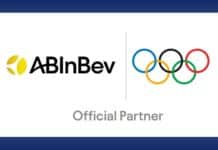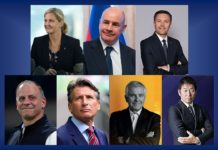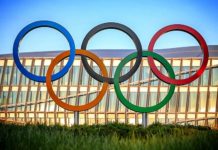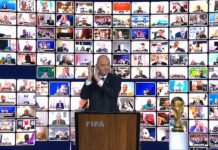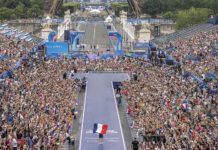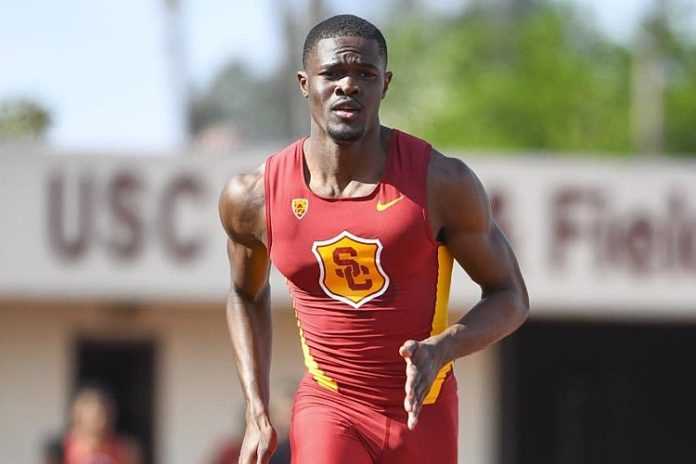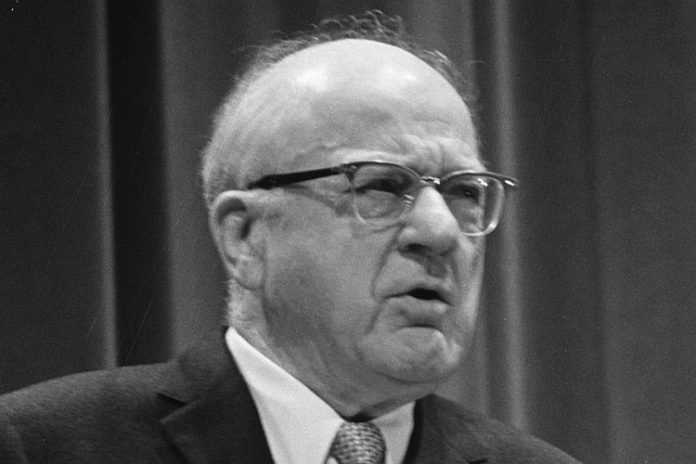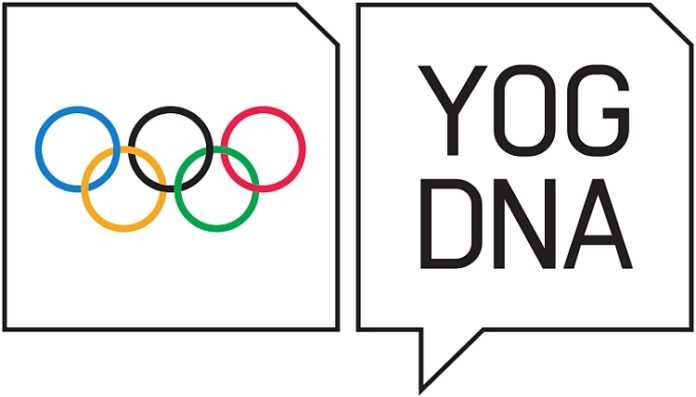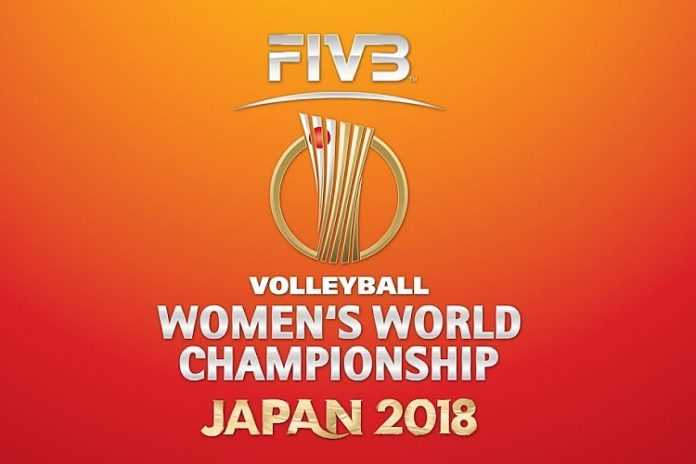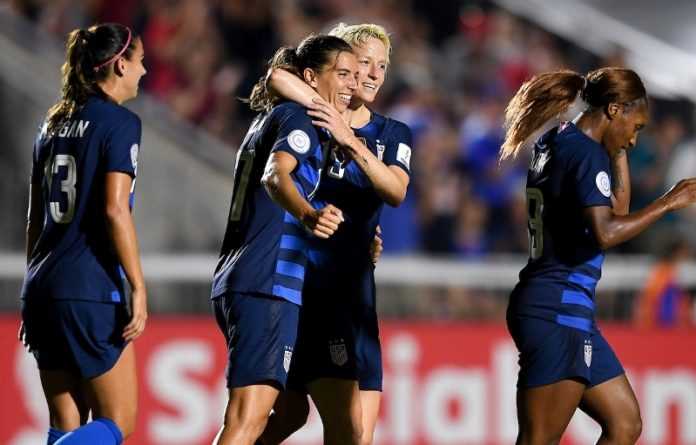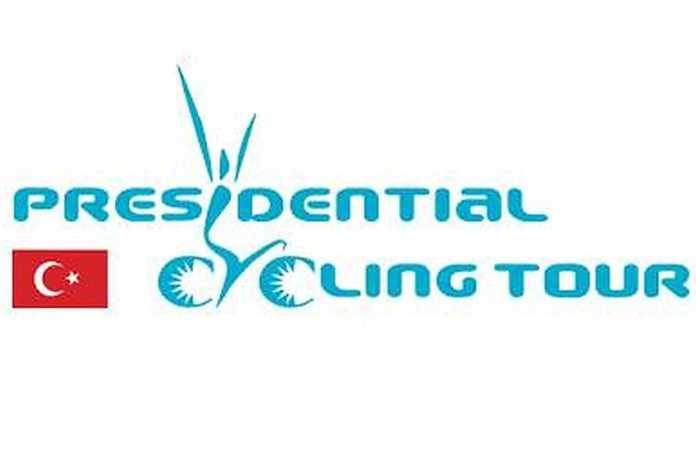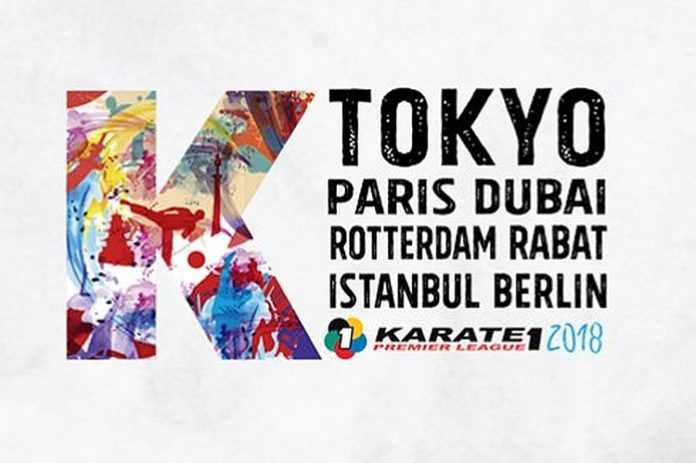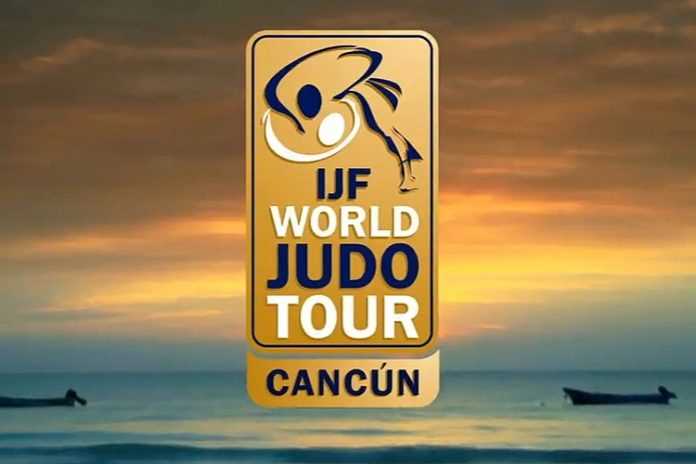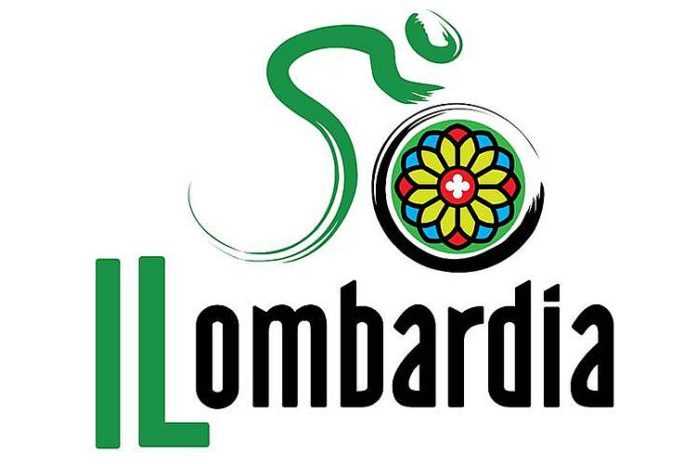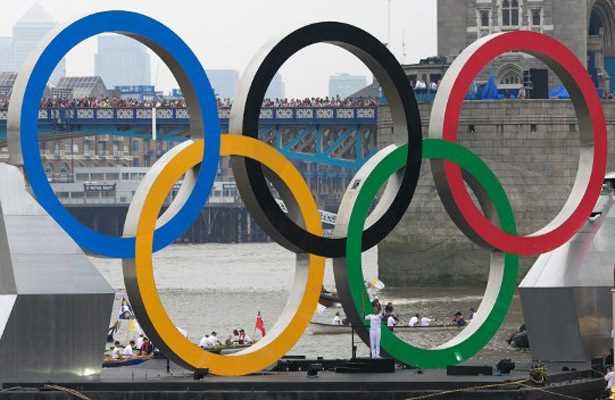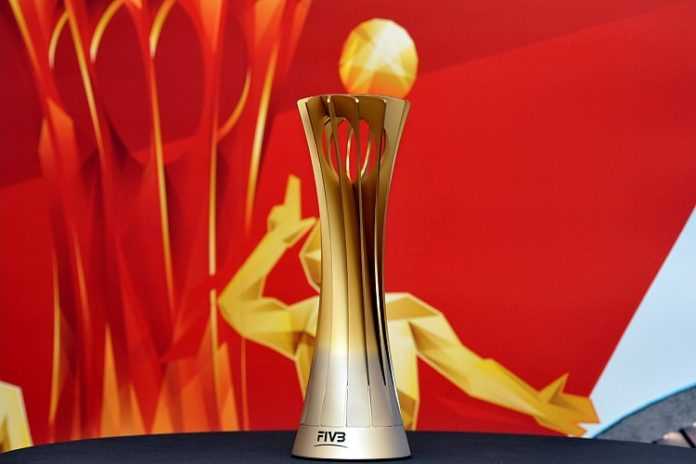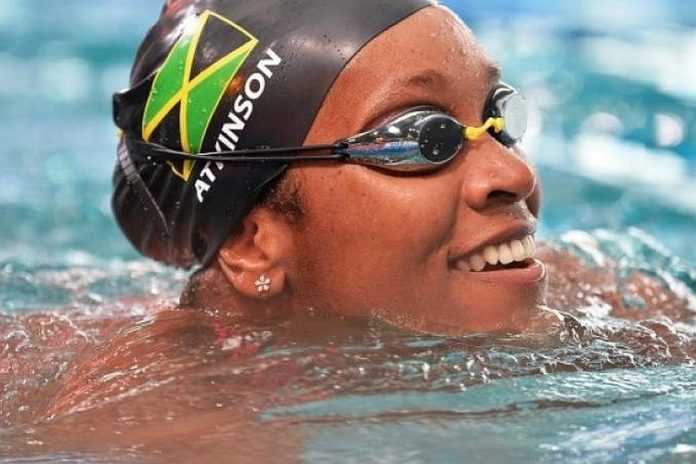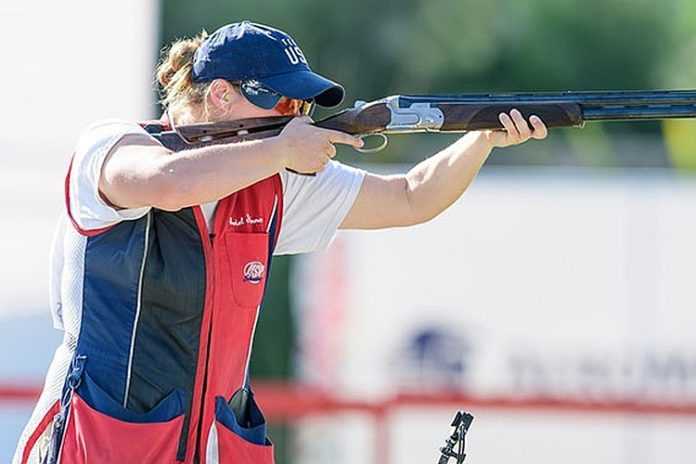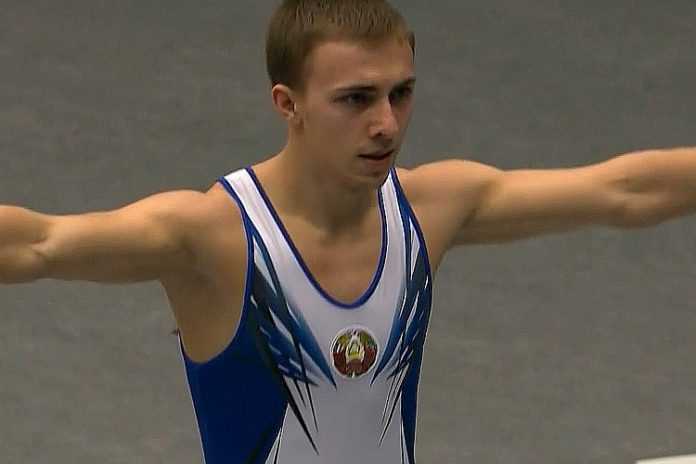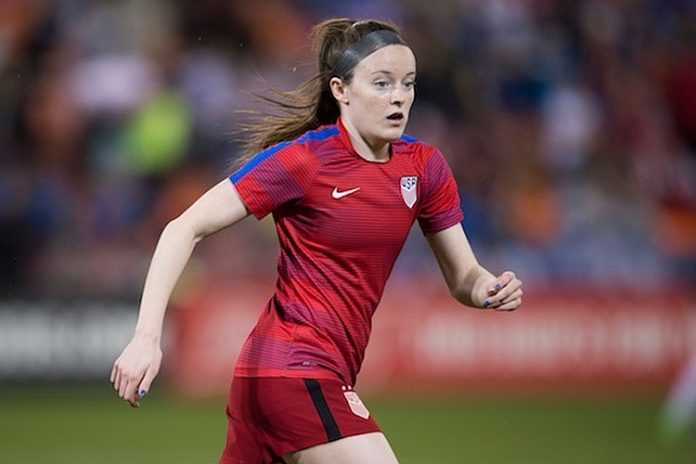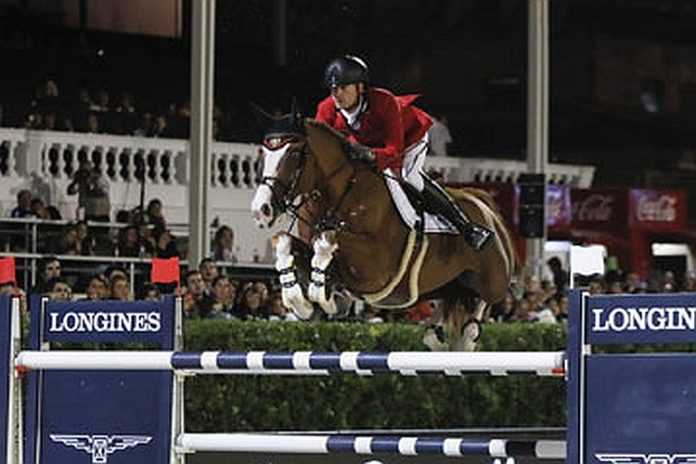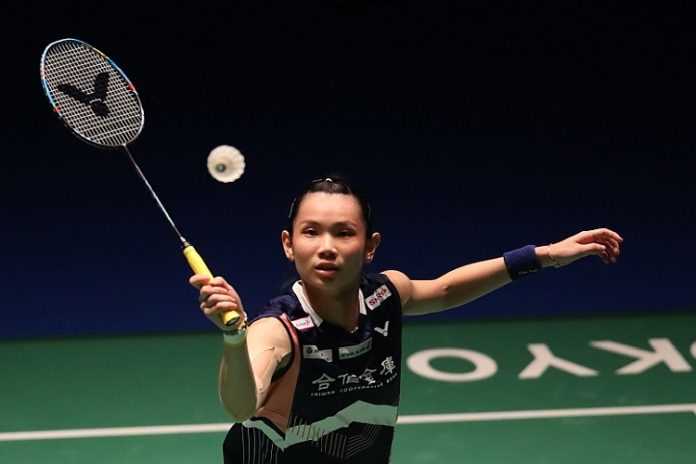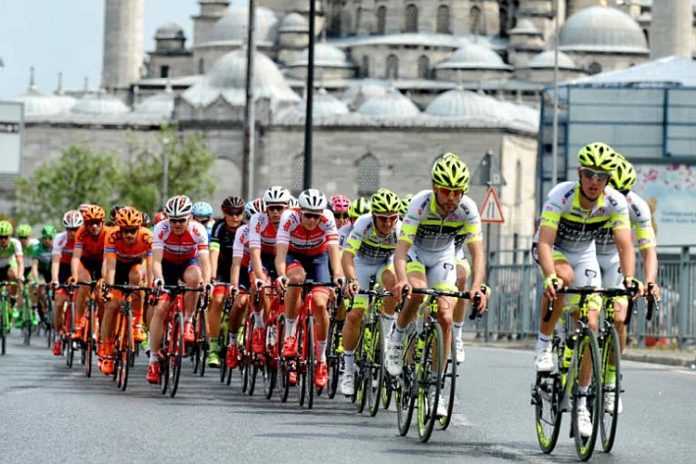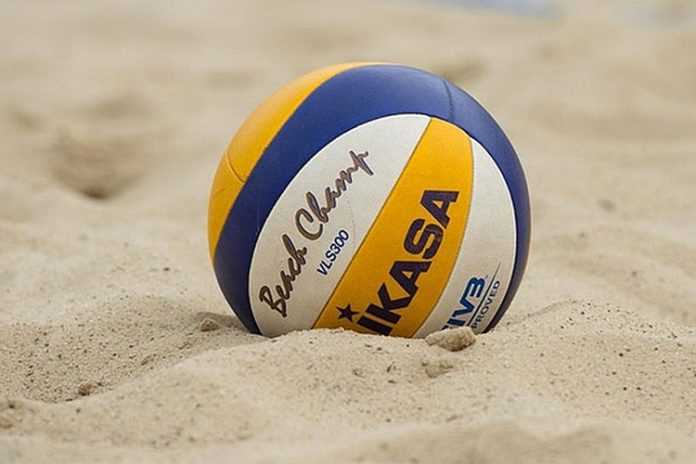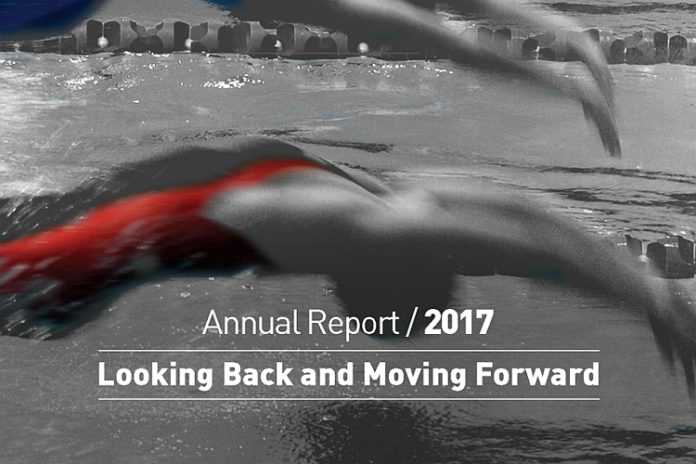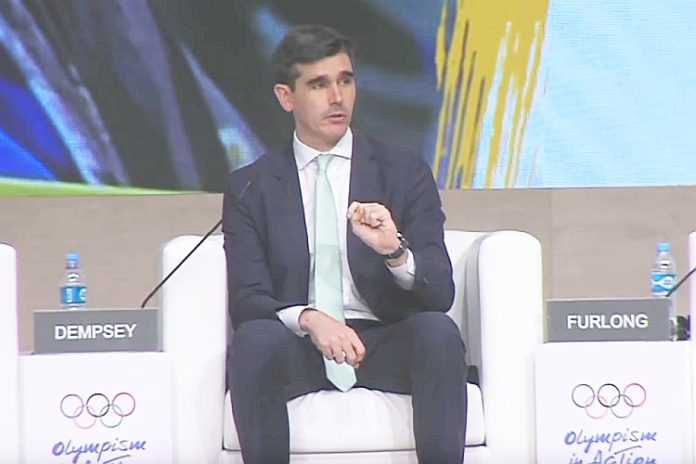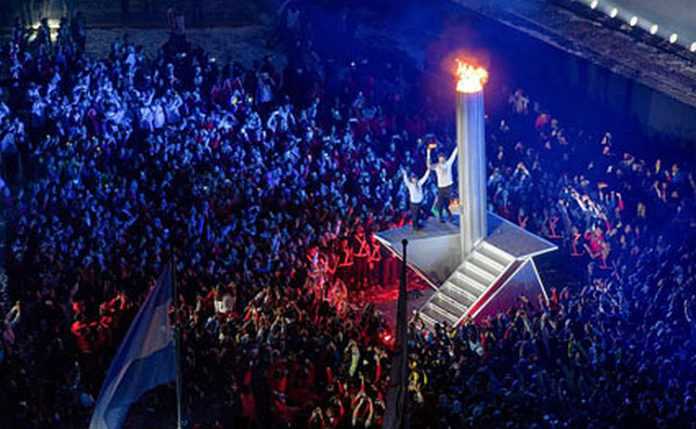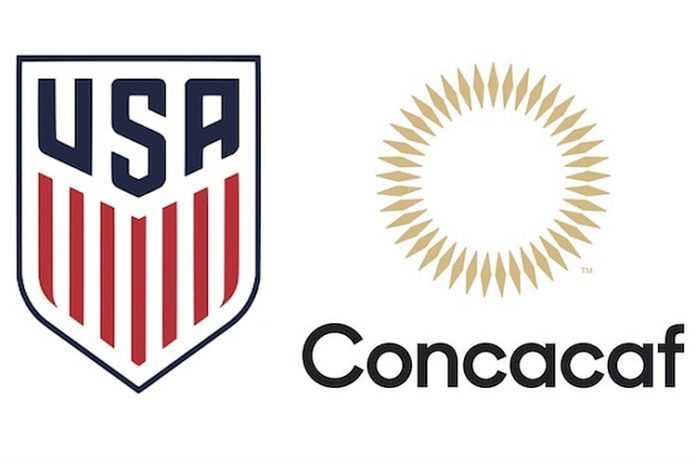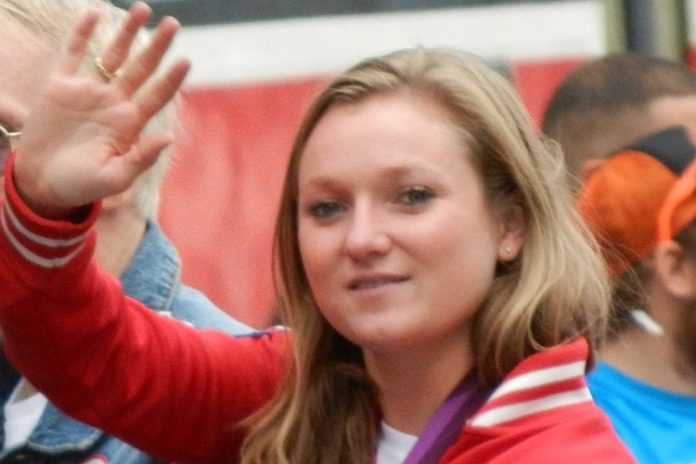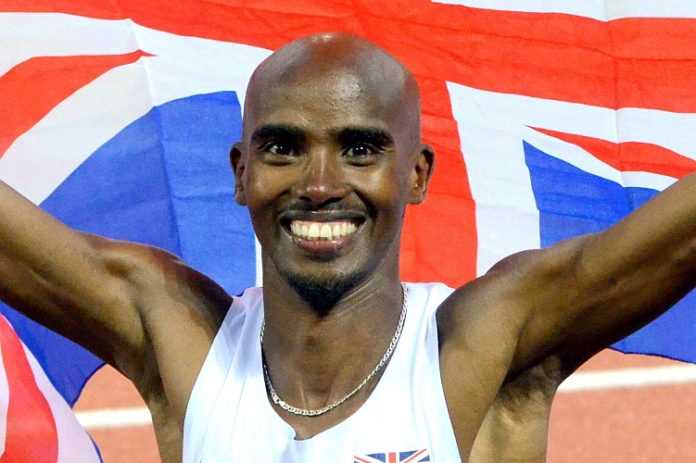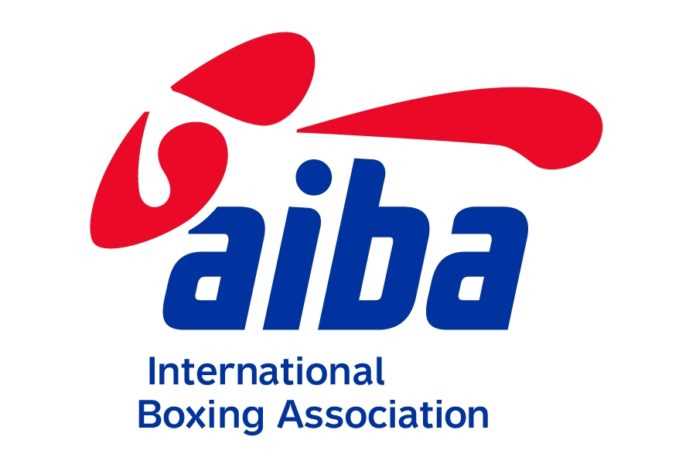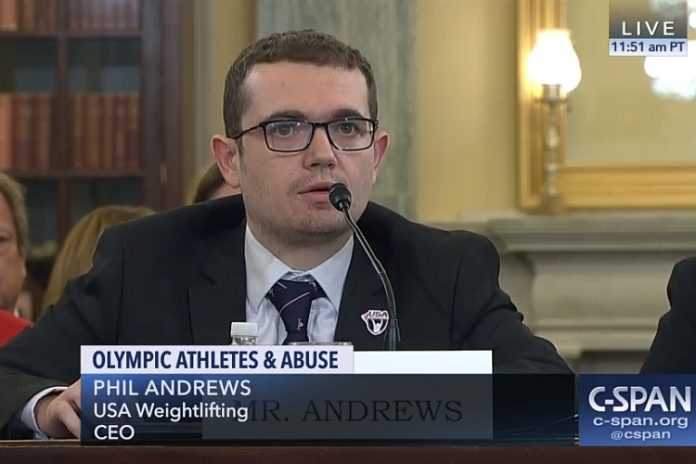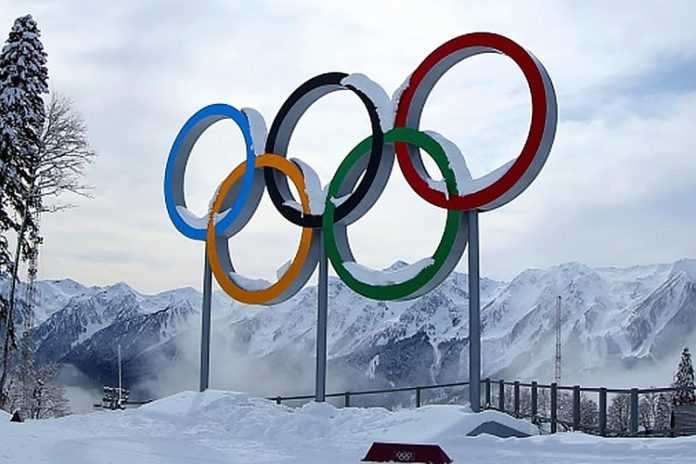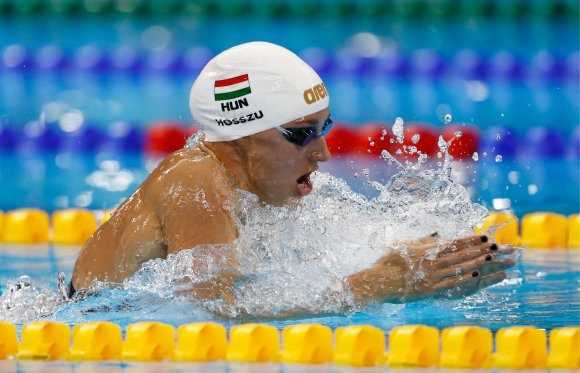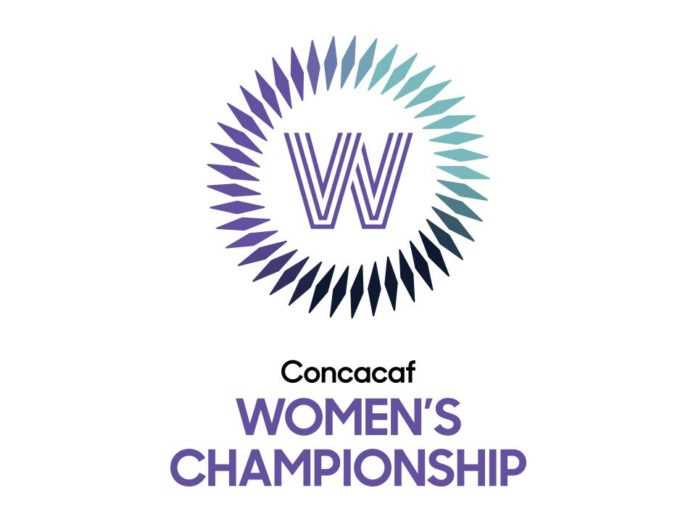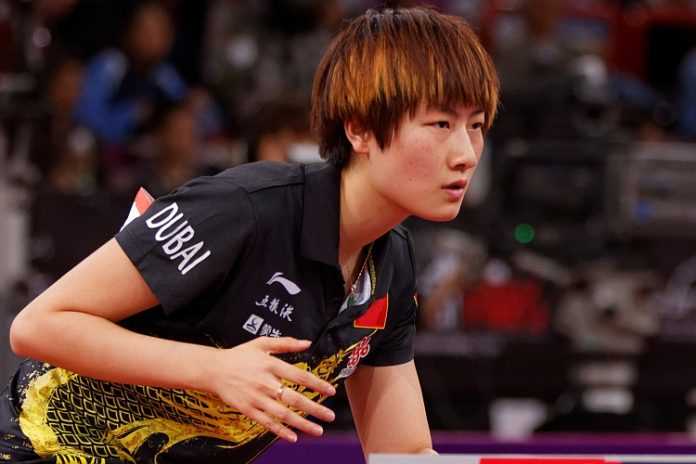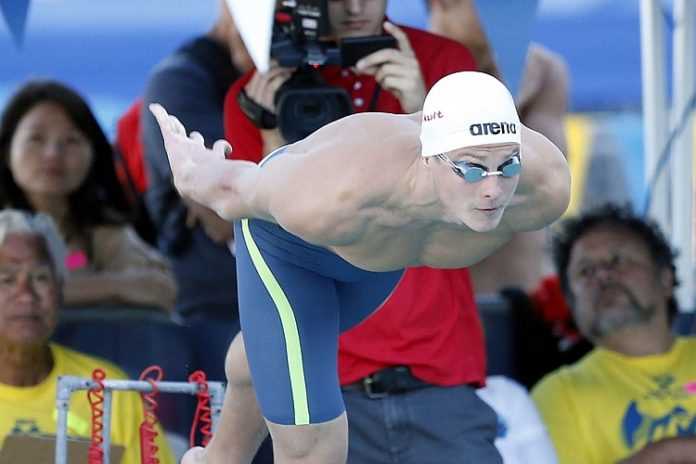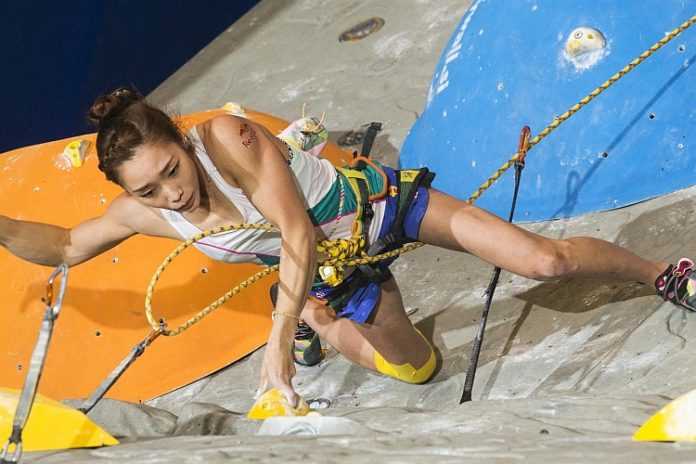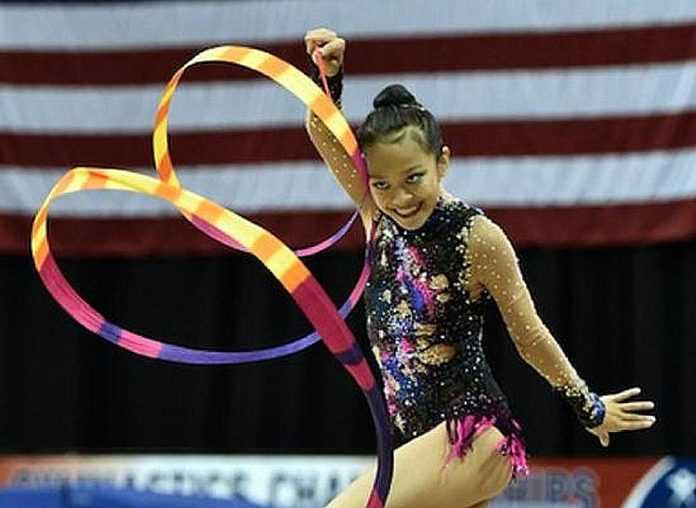The FINA Swimming World Cup exploded at the site of last year’s World Championships, as three World Short-Course Records were set, along with two American Records and a tie:
∙ As previously reported, China’s 16-year-old Jianjiahe Wang set a world mark for the women’s 400 m Freestyle on the first day of the meet on Thursday, smashing the 3:52.54 standard of Spain’s Mireia Belmonte Garcia from 2013. Wang also won the women’s 800 m Free and was just 0.1 off the world short-course mark in that race!
∙ Brazil’s amazing Nicholas Santos, 38,tore up another of the non-textile suit records with a win in the men’s 50 m Butterfly of 21.75, removing the 21.80 mark by Steffen Deibler (GER) from 2009.
∙ Alia Atkinson of Jamaica, who dominated the short Breaststroke races in 2016, came up big in the women’s 50 m Breast again, breaking her own world mark of 28.64 with a time of 28.26, almost a full second faster than Russia’s Yuliya Efimova (29.22).
In addition, the American record book was significantly altered:
∙ As previously reported. Kathleen Baker equaled Katie Meili’s 2016 American record of 58.02 in finishing third in the 100 m Medley behind Hungary’s Katinka Hosszu and Sweden’s Sarah Sjostrom. Baker previously set an American Record in the 100 m Back in the meet in Eindhoven (NED).
∙ Blake Pieroni equaled the U.S. record in the short-course 100 m Free, finishing second in 46.25 to tie Ian Crocker’s mark from 2004. Pieroni had a great meet, winning the 200 m Free and earning a silver in the 400 m Free.
∙ Kelsi Dahlia improved her own American Record in the women’s 100 m Fly, winning in 54.84, against her mark of 55.21 in Eindhoven and beating Sjostrom (54.96) in the process! “I’m admiring Sarah so much, it’s an amazing feeling to beat her in this event. I saw her coming before the last 50 and I know she’s pretty strong there so it’s amazing that I could come first. I’m so happy with my time, I’m the first American inside 55 seconds, so it makes it really special.” Dahlia moved to no. 2 on the all-time short-course list with the mark, behind Sjostrom’s world record of 54.61 from 2014.
∙ Melanie Margalis took down the women’s 200 m Medley record, swimming 2:04.65 to erase Caitlin Leverenz’s 2:04.94 time from 2011. Julia Smit swam 2:04.60 in 2009 in a non-textile suit, but the mark was not ratified by USA Swimming because of the suit. Margalis finished second to Hosszu (2:04.13) in the race.
Each of the world-record setters got a bonus check of $10,000 and 20 bonus points.
Performing in front of her home fans, Hosszu claimed four wins – 100-200-400 m Medleys and the 200 m Fly – and three more medals in the 100-200 m Back (bronzes) and Mixed 4×50 m Free relay (bronze). She also was part of the eighth-place Mixed 4×50 m Medley. Her seven medals led all swimmers.
Four swimmers collected six medals: Ranomi Kromowidjojo (NED: 5-0-1), Dutch Freestyler Femke Heemskerk (2-1-3), Sjostrom (1-5-0) and Russian sprinter Vladimir Morozov (3-1-2).
Sjostrom won only one event, losing to Kromowidjojo three times, but Morozov won three, as did Australia Mitch Larkin in the 100-200 m Back and 200 m Medley. Aussie Emily Seebohm swept the 50-100-200 m Back events.
The Hungarian fans cheered the 33-year-old Laszlo Cseh, who won a silver in the men’s 200 m Medley. He has a streak of eight straight World Championships with a medal – a record – and said afterwards that “It was as painful as it could be and now I see I had to train an awful lot to return to my best shape again.”
Among the U.S. racers, three won five medals apiece: Michael Andrew (1-4-0), Pieroni (1-4-0) and Dahlia (1-2-2).
In Budapest, prize money of $1,500-1,000-500-400-300-200 was available for the top six placers.
Morozov (134 points) won the $50,000 top prize for the men’s second cluster, ahead of Larkin (72) and Prigoda (72). Wang won the women’s cluster title (122), well in front of Atkinson (89) and Sjostrom (84).
In the overall points chase, Morozov maintains a 218-144-126 lead over Larkin and Russian Anton Chupkov; Sjostrom leads the women’s race, 204-162-153 over Hosszu and Efimova.
The World Cup takes a break until 2 November, when the third cluster (also short course) begins in Beijing (CHN). Summaries:
FINA Swimming World Cup 4
Budapest (HUN) ~ 4-6 October 2018
(Full results here)
Men
50 m Freestyle: 1. Vladimir Morozov (RUS), 20.51; 2. Benjamin Proud (GBR), 20.89; 3. Bradley Tandy (RSA), 21.06. Also: 8. Michael Andrew (USA), 21.42.
100 m Free: 1. Morozov (RUS), 45.30; 2. Blake Pieroni (USA), 46.25; 3. Pieter Timmers (BEL), 46.67.
200 m Free: 1. Pieroni (USA), 1:42.00; 2. Le Clos (RSA), 1:42.78; 3. Morozov (RUS), 1:43.01.
400 m Free: 1. Mack Horton (AUS), 3:41.78; 2. Pieroni (USA), 3:42.74; 3. Wojciech Wojdak (POL), 3:43.52.
1,500 m Free: 1. Horton (AUS), 14:39.84; 2. Lakatos (HUN), 14:47.74; 3. Ziao Qiu (CHN), 14:51.98.
50 m Backstroke: 1. Andrew (USA), 23.19; 2. Morozov (RUS), 23.29; 3. Mitchell Larkin (AUS), 23.37.
100 m Back: 1. Larkin (AUS), 49.96; 2. Andrew (USA), 50.36; 3. Ryosuke Irie (JPN), 50.46.
200 m Back: 1. Larkin (AUS), 1:49.52; 2. Irie (JPN), 1:50.97; 3. Radoslaw Kawecki (POL), 1:53.00.
50 m Breaststroke: 1. Felipe Lima (BRA), 25.88; 2. Peter Stevens (SLO), 26.04; 3. Kirill Prigoda (RUS), 26.06. Also: 4. Andrew (USA), 26.20; … 6. Fink (USA), 26.39.
100 m Breast: 1. Lima (BRA), 56.69; 2. Anton Chupkov (RUS), 56.97; 3. Lizhuo Wang (CHN), 57.03. Also: 7. Fink (USA), 57.73.
200 m Breast: 1. Prigoda (RUS), 2:01.58; 2. Chupkov (RUS), 2:01.86; 3. Fink (USA), 2:03.37.
50 m Butterfly: 1. Nicholas Santos (BRA), 21.75 (World Short-Course Record; old, 21.80, Steffen Deibler (GER), 2009); 2. Chad le Clos (RSA), 22.11; 3. Kosuke Matsui (JPN), 22.62.
100 m Fly: 1. Le Clos (RSA), 49.22; 2. Mehdy Metella (FRA), 49.71; 3. Nicholas Santos (BRA), 50.12.
200 m Fly: 1. Le Clos (RSA), 1:50.29; 2. Daiya Seto (JPN), 1:51.01; 3. Yuya Yajima (JPN), 1:51.80.
100 m Medley: 1. Morozov (RUS), 50.32; 2. Andrew (USA), 51.55; 3. Kosuke Matsui (JPN), 53.08. Also: 4. Fink (USA), 53.32.
200 m Medley: 1. Larkin (AUS), 1:52.96; 2. Laszlo Cseh (HUN), 1:55.05; 3. Fink (USA), 1:55.10.
400 m Medley: 1. Daiya Seto (JPN), 4:01.16; 1. David Verraszto (HUN), 4:03.05; 3. Joan Lluis Pons Ramon (ESP), 4:08.38.
Women
50 m Free: 1. Ranomi Kromowidjojo (NED), 23.23; 2. Sarah Sjostrom (SWE), 23.36; 3. Femke Heemskerk (NED), 23.67.
100 m Free: 1. Kromowidjojo (NED), 51.01; 2. Sjostrom (SWE), 51.22; 3. Heemskerk (HUN), 51.74. Also: 5. Dahlia (USA), 52.56.
200 m Free: 1. Sjostrom (SWE), 1:51.60; 2. Heemskerk (NED), 1:52.04; 3. Jianjiahe Wang (CHN), 1:53.31. Also: 4. Melanie Margalis (USA), 1:53.57; … 8. Leah Smith (USA), 1:57.11.
400 m Free: 1. Wang (CHN), 3:53.97 (World Short-Course Record; old, 3:54.52, Mireia Belmonte Garcia (ESP), 2013; also a World Junior Record; old, 3:54.64, Wang, 2018); 2. L. Smith (USA), 3:58.94; 3. Heemskerk (NED), 4:00.03.
800 m Free: 1. Wang (CHN), 7:59.44 (World Junior Record; old, 8:03.86, Wang, 2018); 2. L. Smith (USA), 8:16.25; 3. Anna Egorova (RUS), 8:22.24.
50 m Backstroke: 1. Emily Seebohm (AUS), 26.05; 2. Georgia Davies (GBR), 26.13; 3. Kromowidjojo (NED), 26.19. Also: 4. Kathleen Baker (USA), 26.30.
100 m Back: 1. Seebohm (AUS), 55.81; 2. Baker (USA), 56.04; 3. Hosszu (HUN), 56.08.
200 m Back: 1. Seebohm (AUS), 1:59.94; 2. Baker (USA), 2:00.69; 3. Hosszu (HUN), 2:01.00.
50 m Breaststroke: 1. Alia Atkinson (JAM), 28.26 (World Short-Course Record; old, 28.64, Atkinson, 2016); 2. Yuliya Efimova (RUS), 29.22; 3. Molly Hannis (USA), 29.51.
100 m Breast: 1. Atkinson (JAM), 1:02.80; 2. Efimova (RUS), 1:03.48; 3. Vitalina Simonova (RUS), 1:04.67. Also: 4. Molly Hannis (USA), 1:04.85.
200 m Breast: 1. Efimova (RUS), 2:17.88; 2. Simonova (RUS), 2:19.43; 3. Margalis (USA), 2:20.30.
50 m Butterfly: 1. Kromowidjojo (NED), 24.65; 2. Sjostrom (SWE), 24.82; 3. Kelsi Dahlia (USA), 24.97.
100 m Fly: 1. Dahlia (USA), 54.84 (American Short-Course Record; old, 55.21, Dahlia, 2018); 2. Sjostrom (SWE), 54.96; 3. Yufei Zhang (CHN), 56.27.
200 m Fly: 1. Hosszu (HUN), 2:03.14; 2. Yufei Zhang (CHN), 2:03.29; 3. Dahlia (USA), 2:03.33.
100 m Medley: 1. Hosszu (HUN), 57.64; 2. Sarah Sjostrom (SWE), 57.75; 3. Baker (USA), 58.02 (equals American Short-Course Record, 58.02, Katie Meili, 2016). Also: 6. Margalis (USA), 59.11.
200 m Medley: 1. Hosszu (HUN), 2:04.13; 2. Margalis (USA), 2:04.65 (American Short-Course Record; old, 2:04.94, Caitlin Leverenz, 2011); 3. Seebohm (AUS), 2:06.37.
400 m Medley: 1. Hosszu (HUN), 4:23.55; 2. Yui Ohashi (JPN), 4:27.23; 3. Zsuzsanna Jakobos (HUN), 4:30.00. Also: 5. L. Smith (USA), 4:32.84.
Mixed
4×50 m Free: 1. Netherlands (Puts,� Schwietert, Heemskerk, Kromowidjojo), 1:30.01; 2. United States (Andrew, Pieroni, Baker, Dahlia), 1:30.63; 3. Hungary, 1:31.03.
4×50 m Medley: 1. Netherlands (Puts, Kamminga, Kromowidjojo, Heemskerk), 1:38.68; 2. United States (Andrew, Hannis, Dahlia, Pieroni), 1:38.92; 3. Russia, 1:39.90.


